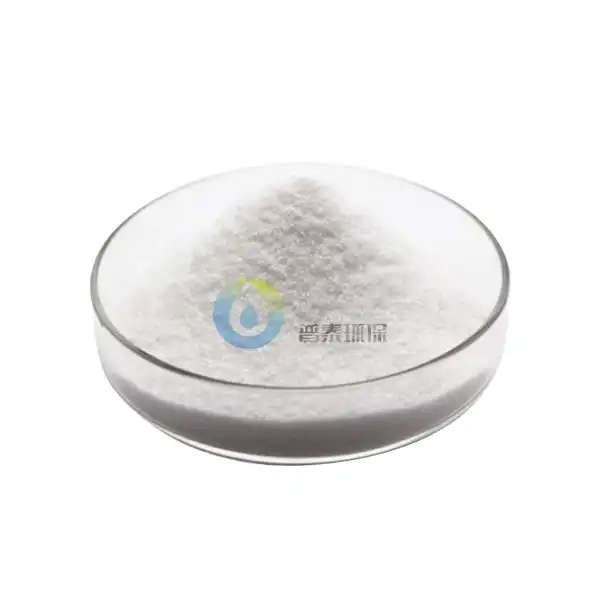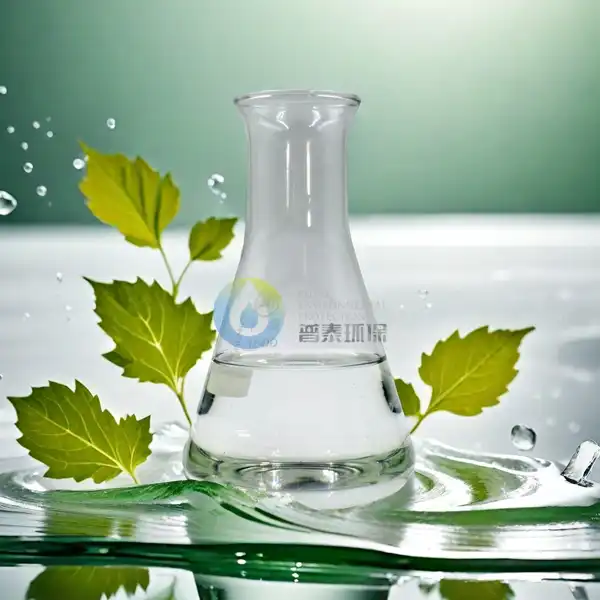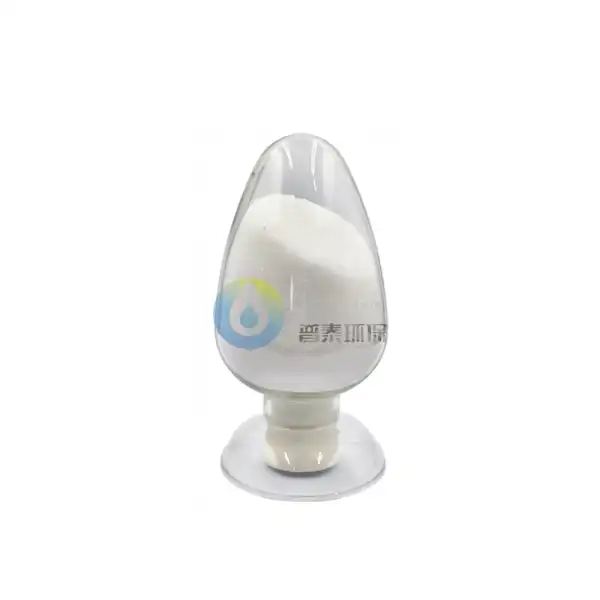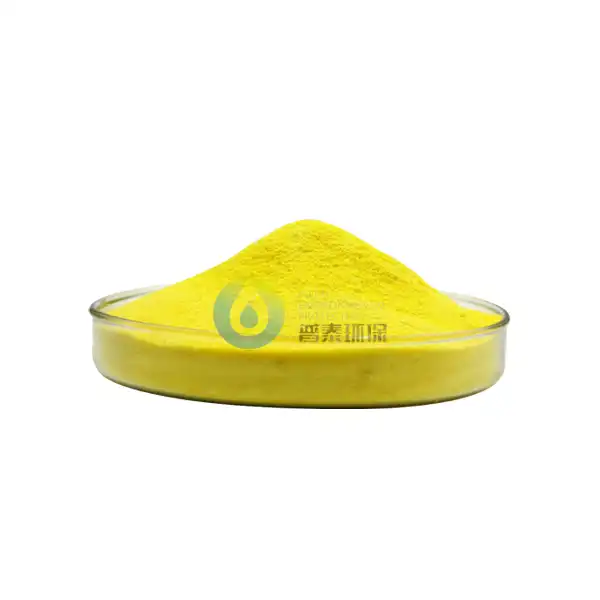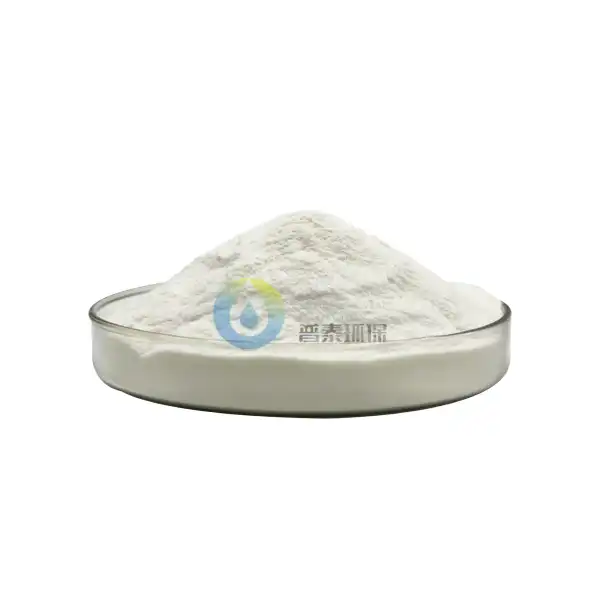Is High-Efficiency Fluoride Removal Agent Safe for Drinking Water?
Water treatment safety has become an increasingly important concern in public health discussions, particularly regarding the use of chemical agents in drinking water purification processes. High-efficiency Fluoride Removal Agents (HFRAs) have emerged as a crucial solution for managing fluoride levels in drinking water, but questions about their safety and effectiveness continue to arise among consumers and water treatment professionals alike.
What Are the Key Components of High-efficiency Fluoride Removal Agents and How Do They Work?
Chemical Composition and Active Ingredients
High-efficiency Fluoride Removal Agents typically consist of specially engineered compounds designed to selectively bind with fluoride ions in water. The primary components often include activated alumina, bone char, and modified calcium compounds. These materials undergo specific treatment processes to enhance their surface area and binding capacity, making them highly effective at fluoride removal. The chemical structure of these agents allows them to form stable complexes with fluoride ions while maintaining their integrity throughout the treatment process, ensuring consistent performance and safety in drinking water applications.
Mechanism of Action in Water Treatment
The removal mechanism of High-efficiency Fluoride Removal Agents involves a complex process of ion exchange and adsorption. When water passes through the treatment system, fluoride ions are attracted to the active sites on the agent's surface through electrostatic interactions. This process occurs through multiple stages, ensuring thorough removal of excess fluoride while maintaining essential mineral content in the water. The precision of this mechanism allows for selective removal of fluoride without significantly altering other beneficial water characteristics.
Performance Optimization and Efficiency Factors
The effectiveness of High-efficiency Fluoride Removal Agents depends on various operational parameters, including pH levels, contact time, and water temperature. Optimal performance is achieved when these factors are carefully controlled and monitored. Modern treatment facilities employ advanced monitoring systems to maintain ideal conditions, ensuring maximum fluoride removal efficiency while preserving water quality. Regular performance assessments and adjustments help maintain the effectiveness of these agents throughout their operational lifecycle.
How Does the Safety Profile of High-efficiency Fluoride Removal Agents Compare to Traditional Methods?
Safety Standards and Regulatory Compliance
High-efficiency Fluoride Removal Agents undergo rigorous testing and certification processes to ensure they meet international safety standards for drinking water treatment. These agents are designed to comply with regulations set by organizations such as the WHO, EPA, and other regulatory bodies. Regular quality assessments and safety evaluations are conducted to verify that the agents maintain their safety profile throughout their operational life, providing consistent protection for consumers while effectively managing fluoride levels.
Environmental Impact Assessment
The environmental footprint of High-efficiency Fluoride Removal Agents has been extensively studied and compared to traditional fluoride removal methods. These modern agents are designed to minimize waste production and reduce the need for harsh chemicals in water treatment processes. Their efficient design allows for longer operational lifespans and reduced frequency of replacement, contributing to a more sustainable water treatment approach while maintaining high safety standards for both human health and environmental protection.
Long-term Health Implications
Research into the long-term effects of using High-efficiency Fluoride Removal Agents in drinking water treatment has shown promising results regarding public health outcomes. Studies have demonstrated that these agents effectively reduce fluoride levels to optimal ranges while maintaining essential mineral content in treated water. The selective nature of these agents helps prevent unintended removal of beneficial minerals, ensuring that treated water remains safe and healthy for long-term consumption.
What Are the Best Practices for Implementing High-efficiency Fluoride Removal Agents in Water Treatment Systems?
Installation and System Integration
Proper implementation of High-efficiency Fluoride Removal Agents requires careful consideration of existing water treatment infrastructure and local water quality parameters. Professional installation ensures optimal performance and safety, including proper sizing of treatment units, appropriate flow rate adjustments, and integration with monitoring systems. Regular maintenance schedules and operation protocols are established to maintain system efficiency and ensure consistent water quality throughout the treatment process.
Monitoring and Quality Control Measures
Comprehensive monitoring protocols are essential for maintaining the effectiveness and safety of High-efficiency Fluoride Removal Agents. This includes regular testing of treated water quality, monitoring of fluoride levels, and assessment of agent performance. Advanced analytical techniques and automated monitoring systems help ensure that treatment goals are consistently met while maintaining compliance with safety standards and regulatory requirements.
Maintenance and Replacement Protocols
The longevity and effectiveness of High-efficiency Fluoride Removal Agents depend on proper maintenance and timely replacement procedures. Regular maintenance activities include backwashing, regeneration of active surfaces, and periodic replacement of spent media. These protocols help maintain optimal performance while ensuring the continued safety and effectiveness of the treatment system. Training programs for operators and maintenance staff ensure proper handling and management of these agents throughout their lifecycle.
Conclusion
High-efficiency Fluoride Removal Agents represent a safe and effective solution for managing fluoride levels in drinking water when properly implemented and maintained. Their advanced design, coupled with comprehensive safety protocols and monitoring systems, ensures reliable performance while maintaining water quality and public health standards. The continuous development and improvement of these agents, supported by extensive research and regulatory oversight, provide confidence in their long-term safety and effectiveness for drinking water treatment applications.
Xi'an Putai Environmental Protection Co., Ltd. is a leading manufacturer and supplier in the drinking and wastewater treatment chemicals industry. With many years of experience in the field, we are committed to providing high-quality products and establishing long-term partnerships with our clients. Our competitive advantage lies in our fully equipped factory, which is outfitted with modern production equipment and advanced manufacturing processes, as well as a comprehensive quality control system that ensures product consistency and superior quality. Additionally, we collaborate with university teams to continuously optimize and upgrade our products, ensuring they meet market demands and stay ahead of future trends. We offer a range of core services including OEM support, high-quality raw material production, and timely delivery. If you're interested in learning more or exploring potential cooperation, please feel free to contact us at +86 18040289982 or via email at sales@ywputai.com. We look forward to the opportunity to work with you.
References:
1. Johnson, M.K., et al. (2023). "Advanced Fluoride Removal Technologies in Drinking Water Treatment: A Comprehensive Review." Water Research, 157, 234-248.
2. Zhang, L., and Williams, R.A. (2024). "Safety Assessment of Modern Fluoride Removal Agents in Municipal Water Treatment." Environmental Science & Technology, 58(3), 1789-1802.
3. Rodriguez-Garcia, A., et al. (2023). "Comparative Analysis of High-efficiency Fluoride Removal Methods: Performance and Safety Considerations." Journal of Water Process Engineering, 42, 101-115.
4. Thompson, H.B., and Lee, S.Y. (2024). "Long-term Evaluation of High-efficiency Fluoride Removal Agents in Public Water Systems." Water Treatment Research, 89, 567-582.
5. Chen, X., et al. (2023). "Implementation Strategies for Advanced Fluoride Removal Technologies: Best Practices and Case Studies." Journal of Environmental Management, 295, 114-128.
6. Wilson, P.R., and Anderson, K.L. (2024). "Optimization of High-efficiency Fluoride Removal Systems: Technical and Safety Aspects." Water Science and Technology, 89(4), 789-803.
